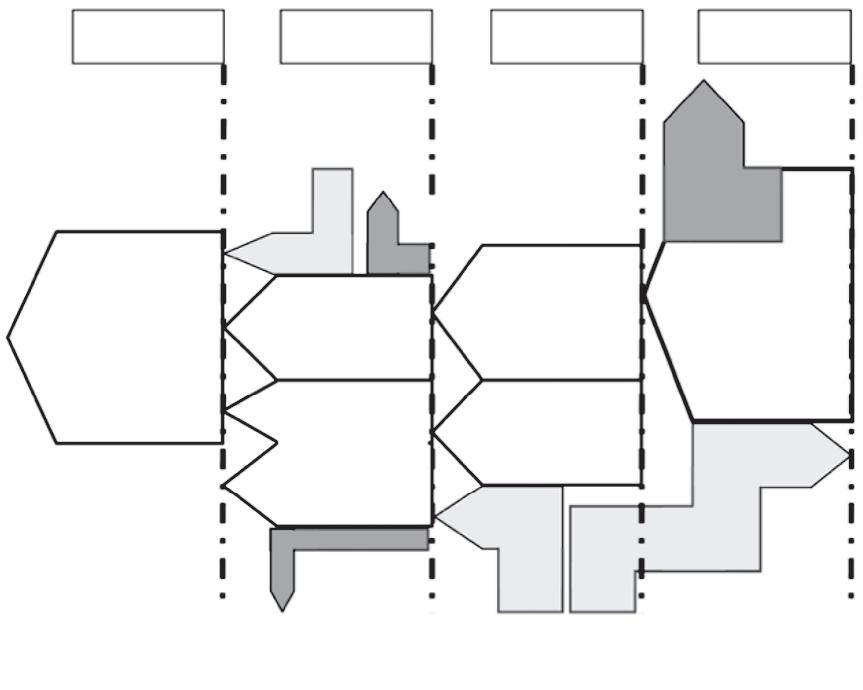1 Introduction 1.1 The challenge of decarbonisation There is broad agreement across the European Union (EU) that decarbonisation of the EU economy to net-zero is necessary by 2050 to mitigate climate change, comply with the Paris Agreement (UNFCCC 2015) and avoid increasing global temperatures by more than 1.5 or 2 °C above pre-industrial levels (IPCC 2019). Although that objective is clear, and an ambitious programme of work has begun to develop and implement a European Green Deal (EC 2019a, 2020h, 2020k), it is less clear ‘how’ the 2050 goal will be achieved. In 2019, EASAC produced a report on the decarbonisation of transport (EASAC 2019c) and, since then, has been working on the decarbonisation of buildings. Greenhouse gas (GHG) emissions from the operation of existing buildings are produced directly today on site by the combustion of fossil fuels to provide heating and hot water. They are produced indirectly when buildings use district heating and grid electricity generated by fossil-fuel-driven power plants for heating, lighting, appliances, cooling and other equipment. When new buildings are constructed and existing buildings are renovated and demolished, GHG emissions are produced by the processes involved in extracting and processing construction materials, manufacturing components, transporting them to site, constructing buildings, using them over their entire lifetime, and finally in their demolition (Good 2016; Good et al. 2016; Birgisdottir et al. 2017; Kristjansdottir et al. 2018; Nwodo and Anumba 2019). Total GHG emissions from buildings
=
GHG emissions from building operation
+
Embodied GHG emissions in building materials and components
+
GHG emissions produced during construction, renovation, and demolition
To deliver EU commitments to the Paris Agreement, GHG emissions from buildings must urgently be reduced to nearly zero. Nearly zero fossil-based energy consumption is relatively straightforward to achieve technically for new buildings, but more challenging to achieve by renovating existing buildings. Most (85–95%) of Europe’s approximately 250 million existing buildings will still be in use in 2050 (EC 2020a), and the rate of constructing new buildings is low. So the biggest potential for reducing GHG emissions from the EU building sector lies in reducing the use of energy from fossil fuels in existing buildings through increasing the depth and rate of energy-efficient building renovations. An average renovation rate of almost 3% would be required for 30 years to address the estimated 85–95%
4 | June 2021 | Decarbonisation of buildings
of existing buildings in the EU that will still be in use in 2050 (JRC 2019a; EC 2020a), although the actual requirement is likely to lie between 2% and 2.5% because some existing buildings already have good energy performance. Given that renovation rates in the EU are currently around 1% (EC 2019f), these would need to be increased by a factor of 2–3 (depending on the Member State) to deliver decarbonisation of the whole EU building sector by 2050. Specifically for the residential building sector, in 2019 there were about 195 million households in the 27 Member States of the EU (Eurostat 2020c). So to renovate by 2050 only the 75% of residential buildings that are estimated to have poor energy performance (JRC 2019a) would require 146 million renovations in only 30 years, which is equivalent to a renovation rate for the total EU residential building stock of approximately 2.2%. Concretely, this implies a need to renovate more than 90,000 homes per week across the EU. Nearly zero GHG emission buildings are typically very well insulated and have low air infiltration rates. Their high air tightness requires well-controlled natural or mechanical ventilation, often with heat recovery in Northern Europe. They have high-performance windows, low GHG emission systems for water heating, energy-efficient space heating and cooling with advanced controls, and self-generated renewable electricity and heat. They may also use on-site heat and electricity storage (Magrini et al. 2020). Some reductions in the use of energy (and its associated GHG emissions) from fossil fuels in buildings can be made at relatively low cost by improving the energy efficiency and controls of heating, ventilation and air conditioning systems (HVAC) and by adding insulation (especially in Northern Europe) to reduce heat losses and/or shading devices to reduce overheating. Such interventions that typically offer good short-term financial returns in the form of energy cost savings are often referred to as ‘picking low-hanging fruits’. However, much ‘deeper’ building-specific renovations are needed to reduce GHG emissions of buildings to nearly zero. Such deep renovations may •
involve significantly higher investment costs;
•
provide much lower rates of return over longer periods of time;
•
be likely to require building-specific design work;
EASAC




